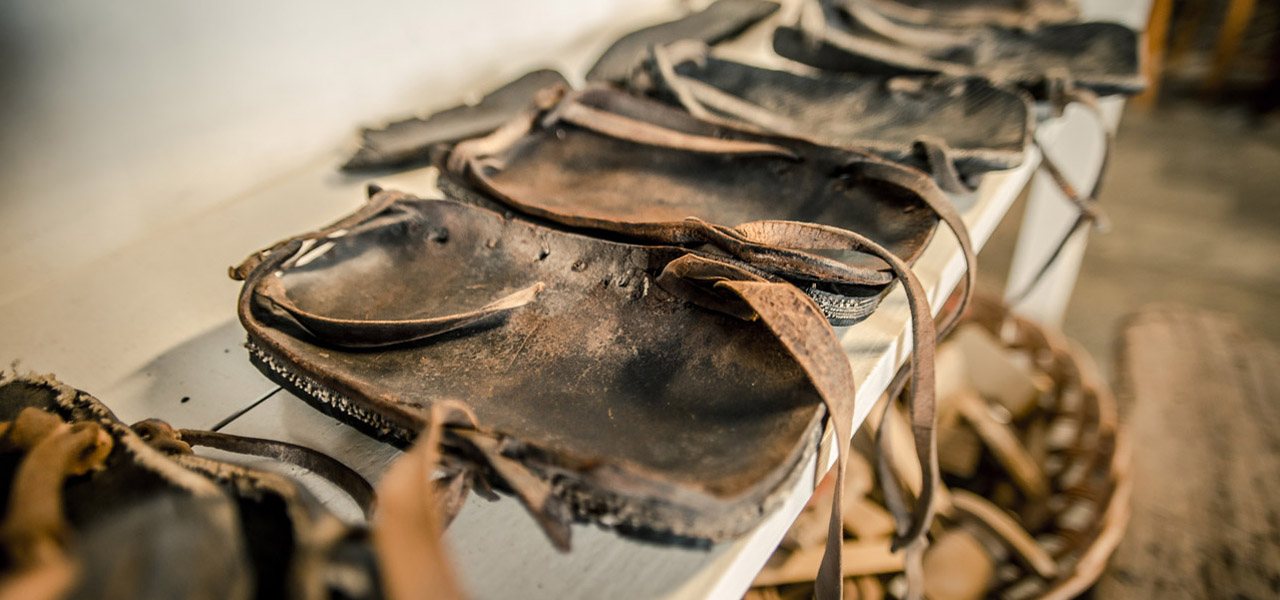
Pico
Dates back to the 15th century. This tradition was brought to Portugal by Queen Santa Isabel in the late 13th century.
The Franciscans in Lajes and São Roque also supported this cult.
Impérios do Espírito Santo (English: Brotherhoods of the Devine Holy Spirit): chapel where the crown is exhibited and kept. On the top of the crown there's a dove. There you will also find the platter, the sceptre, the Holy Spirit flag and the poles.
Pentecost Sunday - 7th Sunday after Easter
Trinity Sunday – Sunday after Pentecost
Mordomo – he's the person responsible for the festivities and he is the one that receives the crown on his head during the rituals at the mass
Everywhere the visitors are offered traditional sweat breads called Rosquilhas and Vésperas (flat bread that is stamped with Holy Spirit symbols) or bread.
Sopas do Espírito Santo – traditional meal: massa sovada (portuguese sweet bread) and cheese to start, followed by boiled meat with a side of bread that was soaked in the gravy of the meat, roasted meat and, for desert, arroz doce (portuguese rice pudding). Served with vinho de cheiro (name called to the wine made from the Isabella grape).
Pico
Game played by children during Lent. It's played twice a day – morning and afternoon – and you must say “Balamento” as soon as you see the other player. The person who says it first wins one point. On Easter Sunday, the loser of the game gives the price to the winner (usually a package of Easter Almonds).
Pico
February 1
Day of Nossa Senhora das Candeias. Legend tells us to put some rosemary on every door and window and to sleep with a rosary, to protect us from these daemons that come from the sea dragging chains and that go after the imprudent ones. One night, a group of people who didn't believe in these labregos kept watch at a house by the sea. They were surprised by these daemons, that terrorized them. On the next day, when they woke up, the house had been taken to the middle of the woods, so they would never forget that the legend was real...
Pico
Small houses, usually made of stone and by the sea.
It's a place for friends and family gatherings, with a strong social role that is deeply rooted in the people of Pico. The adegas have a very unique and charming atmosphere. It was only after the gradual abandoning of the private production of wine that these houses started being used for recreational purposes.
São Caetano
Pezinho, a Joanita, Cá Sei, Maria Tomásia, Tirana, Chiu-Chiu, a Praia, Sapateia, Mané Chiné, Rola, Ladrão, Chamarrita
São Mateus
Chamarrita, Pezinho, Tirana, Sapateia, Mané Chiné, Mateus, Praia, Meu Bem, Bela Aurora, Eu Cá Sei, Fradinhos da Graça, Rema, Manjericão, Sapateia de Cadeia, As Vacas, Palmas, Meninas, Carinhosas, Padeirinha.
Candelária
It's the oldest folk dance group in Azores.
Pico
Social gathering of family and friends.
Traditional meal on the day of the slaughter: lunch – pork liver, fish stew, bean stew, cheese, portuguese corn bread and bolo de milho (unleavened flatbread made with corn and wheat flour); dinner – the same, and also bofes (stew of pork lungs, heart and meat).
Traditional meal on the day after: couves da cabeça do porco (kale soup cooked with the pig's head), torresmos de carne (traditional dish made with pork belly) and cheiros (the same stuffing that is used to make blood sausages, cooked inside the pig's stomach).
Pico
During the time of the queima, which is when the aguardente is made – October and November – the burning charcoal was also used to roast fish and corn in the husk.
Pico
It's a catholic feast celebrated in June.
The streets are decorated with carpets of flowers for the procession. This carpets are usually made by the people whose houses are located along the route of the procession. Not only flower petals are used but also sawdust and leaves. They use moulds or stencils to draw the designs.
Only the priest, that carries the Blesses Sacraments, walks over the carpet.
Pico
November 1
It's associated with All Saints' Day, All Souls' Day and the gifts meant to honour de deceased. Children go door to door to get candy and other treats. In the past, children would get potatoes, sweet potatoes, oranges or chestnuts.
Criação Velha
Pézinho do Pico, Rema, a Praia, O Ladrão, A Tirana, O Preto, A Preta, Abana, Sapateia, Chamarrita do Pico.
Madalena
Pézinho do Pico, O Ladrão, Rema, Caiador, Abana, A Tirana, A Praia, Chamarrita do Pico, Sapateia e Samacaio.
Bandeiras
Chamarrita do Pico, A Tirana, O Zézito, Ciranda, Manjericão, A Praia, Pézinho do Pico, Sapateia, Abana, A Preta, Carranquinha, O Ladrão.
São Caetano
It's a music group that intends to promote the traditional azorean music. They perform not only traditional songs but also originals that follow the same style.